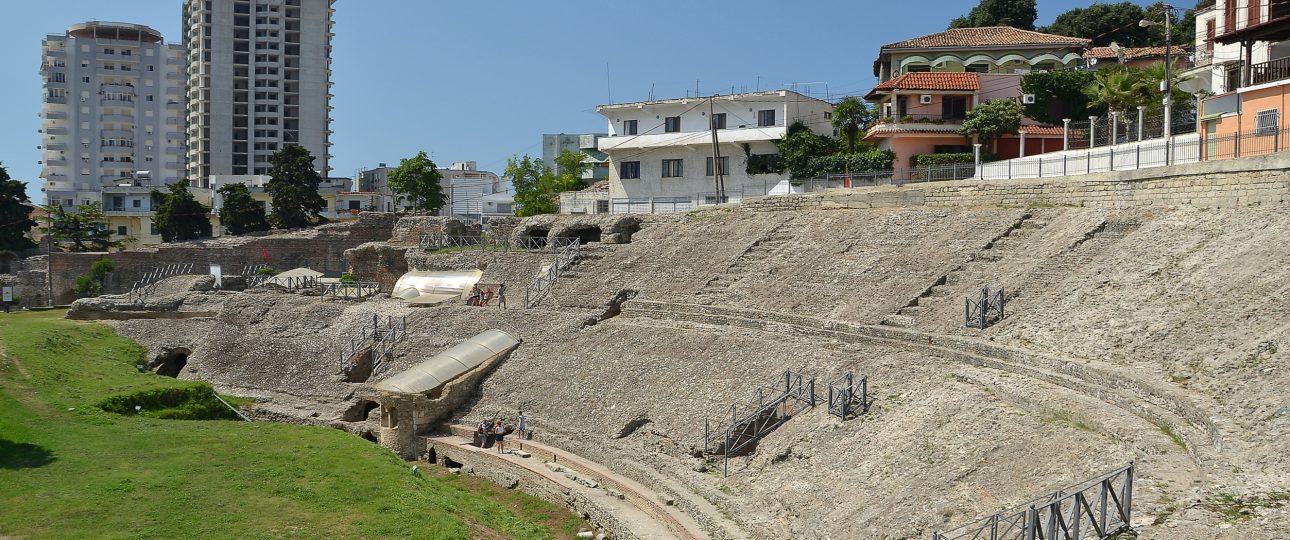Durrës Amphitheatre: Exploring Albania’s Ancient Wonder
Uncovering the History
Imagine stepping into the shoes of ancient Romans at the Durrës Amphitheatre, a remarkable relic from the 2nd century AD. This site was a bustling hub for gladiatorial contests and theatrical performances until the 4th century. An earthquake around 345/346 AD likely led to its decline as a venue for such events. By the second half of the 4th century, an early Christian chapel adorned with frescoes was built on the site, later enhanced with mosaics in the 6th century. The amphitheatre’s history continued with a medieval chapel added in the 13th century. Despite being covered over in the 16th century during the Ottoman occupation, the site was rediscovered and partially excavated in the 1960s and 1980s.
The Architectural Marvel
The Durrës Amphitheatre is an architectural feat, boasting an elliptical shape with dimensions of 132.4 meters by 113.2 meters. Its arena measures 61.4 meters by 42.2 meters and stands 20 meters high. Built on a sloping hillside, the structure includes staircases and galleries at various levels. The preserved chapel with mosaics offers a glimpse into the site’s layered history. However, the amphitheatre faces challenges, including structural deficiencies and the encroachment of modern housing, which threaten its preservation.
Exploring the Surroundings
Beyond the amphitheatre, Durrës offers a tapestry of historical sites. Wander through the remnants of ancient city walls, Roman baths, villas, and temples. Each site tells its own story of a bygone era. The nearby archaeological museum provides deeper insights into the region’s rich past. However, be aware that ongoing urban development poses a risk to these historical treasures.
Experiencing the Local Culture
Durrës is not just about ancient history; it’s a vibrant city where you can immerse yourself in Albanian culture. Sample local dishes like qofte (meatballs) and byrek (savory pastry) at traditional restaurants. Engage with the locals, known for their warm hospitality, and you might find yourself invited to a traditional dance or music performance. While the city is welcoming, be mindful of the bustling atmosphere, especially during peak tourist seasons.
Best Time to Visit
For a more enjoyable experience, plan your visit during the spring (April to June) or autumn (September to October) when the weather is pleasant and the crowds are thinner. The summer months can be crowded, and the winter can be chilly, so dress accordingly if you visit during these times.
Getting There
Reaching the Durrës Amphitheatre is straightforward. The nearest international gateway is Tirana International Airport Nënë Tereza, a short drive from Durrës. From the airport, taxis and shuttle buses are readily available. If you prefer train travel, Durrës is well-connected to other major Albanian cities.
Local Transportation
Once in Durrës, exploring the city is best done on foot, as the amphitheatre is within walking distance of the city center. For a leisurely pace, consider renting a bicycle. Taxis and public buses are also available for longer distances or when you need a break from walking.




